The Best Cameras for Instagram Photos
This entry was posted on September 17, 2021.
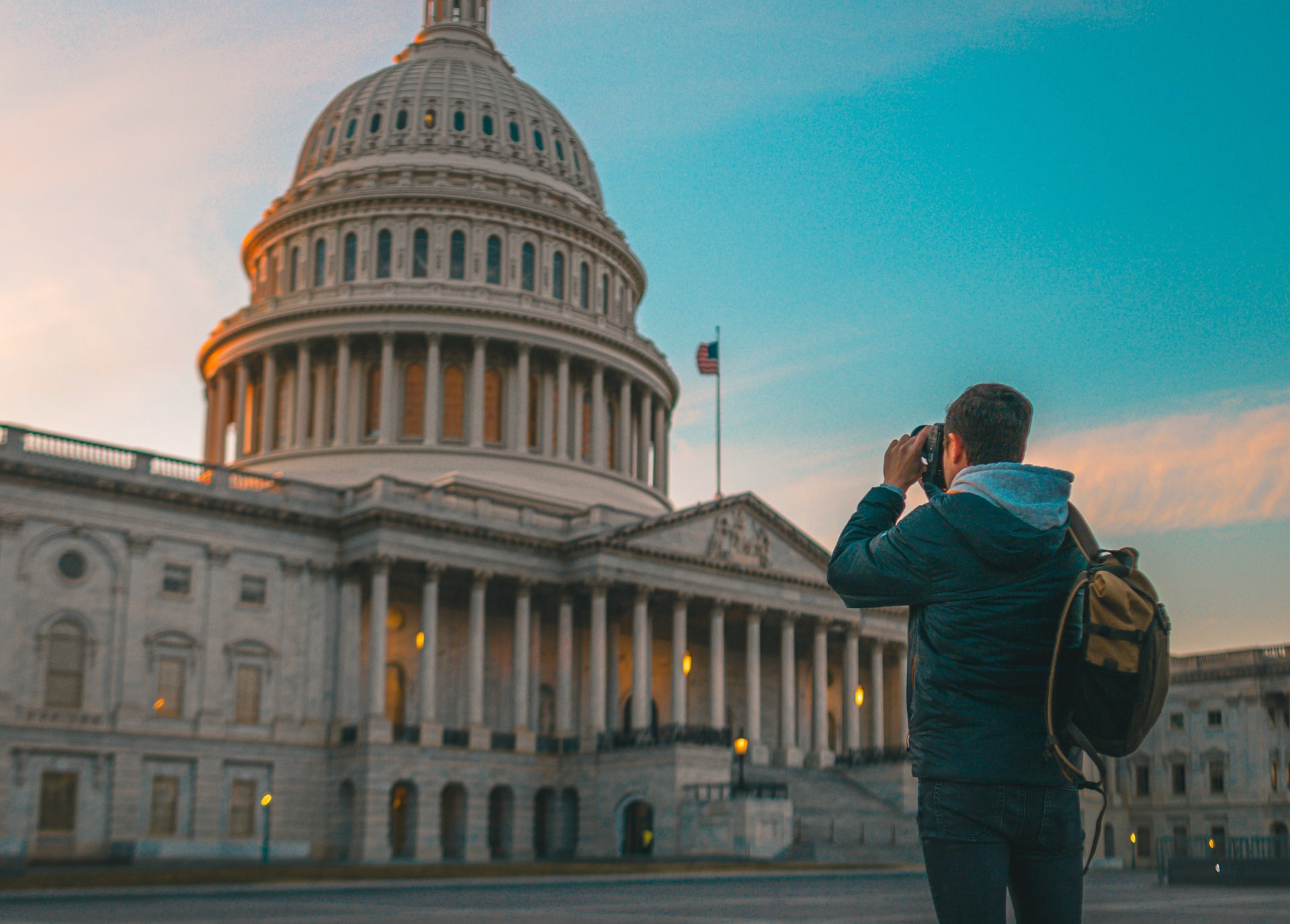
Picking up the best camera for the job can really help you become a champion of Instagram photography. And given that Insta is the place to be in the modern world for photographers, creatives and brands alike, it’s beneficial to literally everyone using the platform to snap the best photos possible.
But when shopping for a camera with Insta intent in mind, there are a few key factors you should prioritise.
Understandably, there are plenty of IG photographers who will focus predominantly on price. Unless your Instagram is already a money-maker, you’re unlikely to want to shell out £1,000+ for a camera. Likewise, if you’re simply using the platform on a more casual basis, you might prefer to use your smartphone camera.
But if you’re serious about taking your Instagram game to the next level, quality should take precedence over price tag. As any entrepreneur or solopreneur knows well, what you’re really considering is an investment in your brand and your image.
In which case, who can put a price on a camera that makes everything you do look great?
Key Factors to Consider
There are four main elements you should keep in mind when shopping for the best camera for Instagram. Personal preferences vary, but cameras purchased with Insta in mind should bring certain points of appeal to the table.
Portability
Chances are you will be taking your camera with you just about everywhere you go.
There are plenty of different angles you might take with your Instagram, depending on its purpose. But one trait which is going to be handy whether you’re documenting global adventures or photographing food, books or more, is portability.
A clunky camera is less likely to bring you the versatility you’ll need to score Instagram fame. But that’s not to say there aren’t plenty of successful creatives out there using big old DSLRs with all the bells and whistles. Consider your intent and weigh up how important portability is in the grand scheme of things.
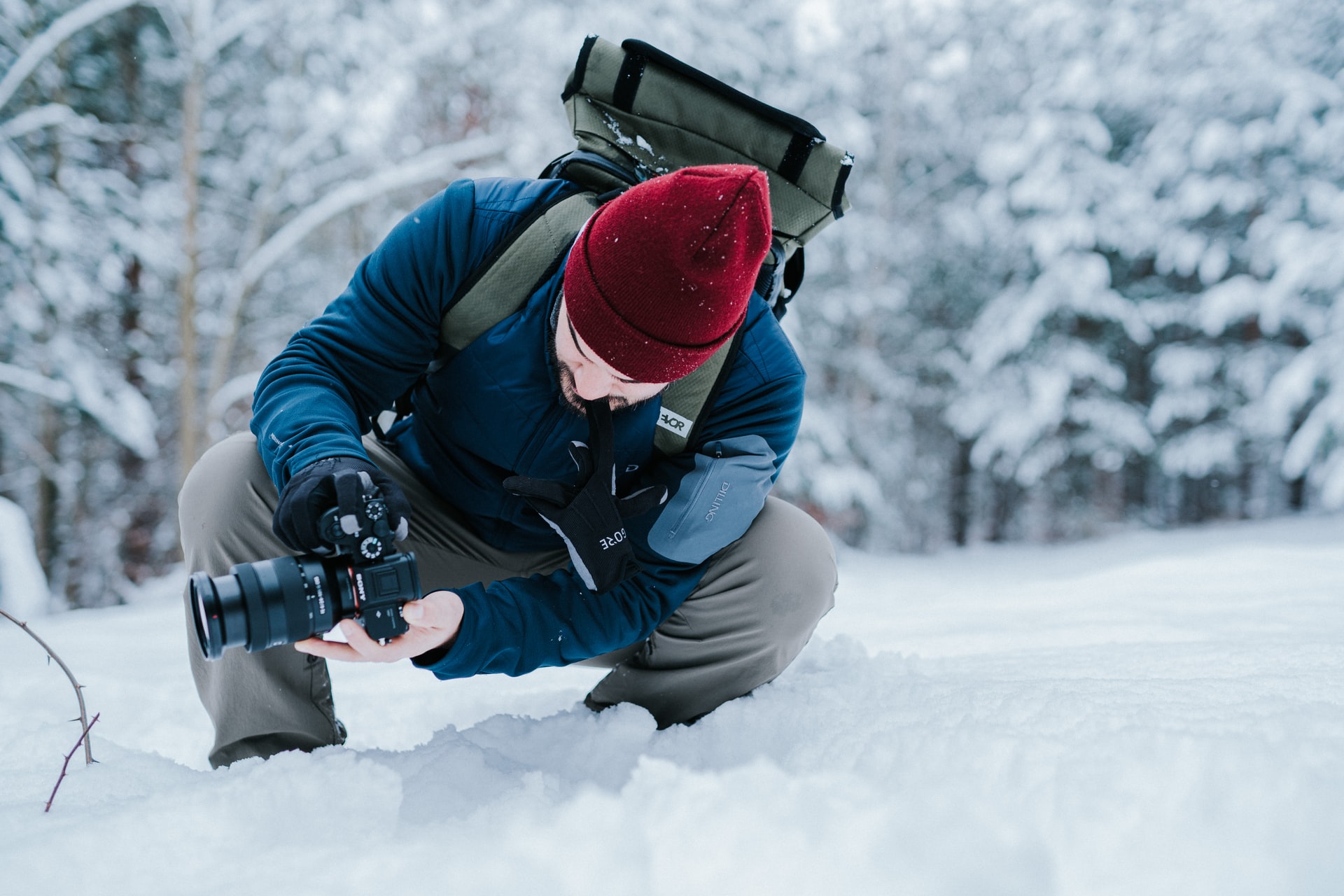
Connectivity
It’s becoming a more standard feature as of late, but is still lacking with many lower-end cameras on the market.
Cameras with Wi-Fi or Bluetooth connectivity options allow you to connect your camera to your phone or computer. This enables the effortless transferring of your photos from camera to phone to Instagram without any loss of quality. Trust us, that’s a big win!
Image Quality
This is perhaps the no-brainer of the bunch, but warrants mentioning, nonetheless. Today’s top-end smartphones can do a decent job taking Insta-worthy shots, without a doubt. But smartphone photos really don’t hold a candle to the quality of a standalone camera.
It’s a bit of a given, but the higher quality image your camera of choice can take, the better your Insta feed is likely to look. No amount of post-processing can compete with the ultimate advice for top-notch IG photos – take the best photo you can in the first place.
Additional Features and Selling Points
At the end of the day, only you know exactly what direction your feed is going in. And, as such, what add-ons your camera might need.
Battery life, interchangeable lenses, durability or resistance to weather – all these and more could become a key factor, depending on what type of Instagrammer you aim to be.
The world of cameras lies in wait at your feet, friend. And there’s variety enough to fit every need, want and lofty dream. The secret is understanding what features connect with your desired endgame.
The Best Cameras for Instagram in 2021 (So Far)
Some of the following suggestions will inevitably divide opinion. Ultimately, it comes down to what you need, what you want and what you can afford – all of which will differ significantly from one person to the next.
Nevertheless, when it comes to the total package of performance, quality, value for money and feedback from customers, these are some of the top-rated cameras for Instagram in 2021 so far:
(In no particular order)
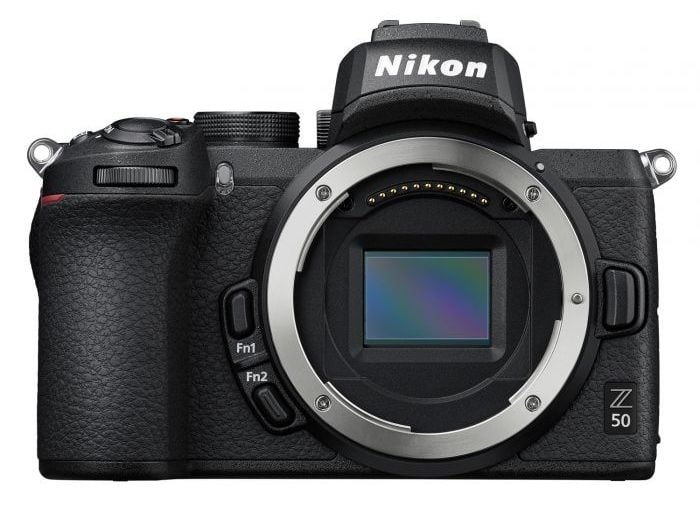
1. Nikon Z50
The Nikon Z50 was always going to be great as it was clearly designed with the needs of content creators and publishers in mind.
It is smaller than the Z7 and Z6, though features the same basic composition for a familiar look and feel. It boasts 4K video, 11fps shooting and a great flipping screen for taking the perfect selfie shots. It’s also compatible with most Nikon DSLR lenses (via the FTZ adaptor) and represents astonishing value for money, given what you get for your cash.
Specs Overview:
- Type: Mirrorless
- Sensor: APS-C CMOS
- Megapixels: 9MP
- Monitor: 2-inch tilting, 1.04m dots
- Continuous shooting speed: 11fps
- Viewfinder: EVF, 2.36m dots
- Max video resolution: 4K UHD at 30p
- User level: Beginner/enthusiast
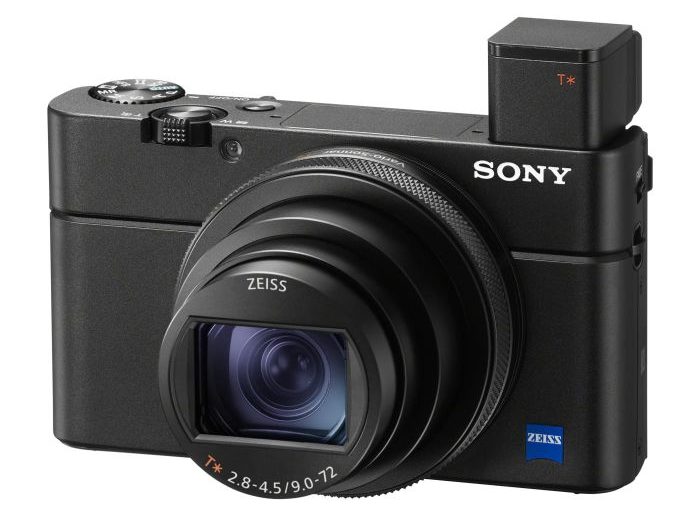
2. Sony RX100 VII
It’s a similar story with the Sony RX100 VII, which combines a familiar look and feel with pure portability and endless versatility. This beauty has been designed inside and out to be the perfect step-up device for those looking to upgrade from a more basic point-and-shoot camera.
It’s extremely easy to use, boasts an oversized LCD screen and serves up crisp 20MP still shots with 4k video. Built-in Bluetooth is always a desirable feature, as is its world-leading 357-point focal-plane phase-detection AF.
There’s basically no learning curve involved whatsoever with this camera. It’s a little on the pricey side, admittedly, but it really is everything a pocket shooter should be these days.
Specs Overview:
- Sensor: Newly developed 1.0-type stacked 20.1 MP sensor
- Connectivity: Bluetooth
- Screen: Flips 180-degrees for ease of use whilst vlogging
- USB charging: Yes
- Other: Super Slow-Motion recording at up to 1000fps
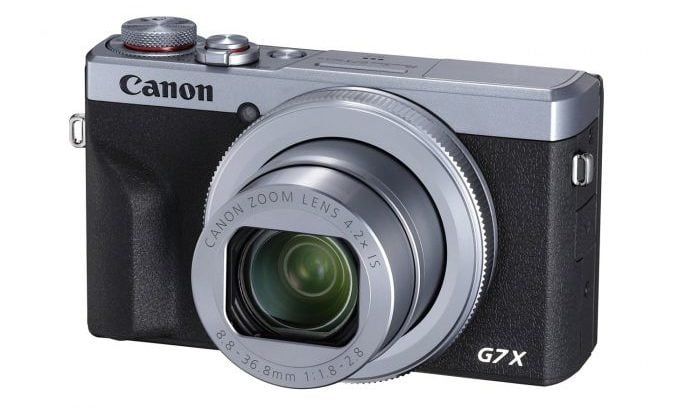
3. Canon PowerShot G7X Mark III
An exercise in portability that doesn’t compromise on power, the G7X Mark III takes the torch from its popular predecessors in style.
With uncropped 4k shooting capabilities and built-in LiveStreaming to YouTube, this is the pocket-sized portable camera to go for if video is your goal. Not that its standard shooting acumen isn’t equally impressive, but this camera was definitely built with video capture and vlogging in mind.
It may be slightly on the expensive side compared to comparable compacts, but is nonetheless an absolute joy to use and should deliver everything you need for at least a few years to come.
Specs Overview:
- Sensor: 1MP 1.0-inch type CMOS
- Lens: 2x zoom (24-100mm equivalent), f/1.8-f/2.8
- Video: 4K
- Connectivity: Bluetooth & Wi-Fi
- Screen: Tilt-up 3.0-inch 1040k-dot touchscreen
- USB Charging: Yes

4. Canon EOS M50
Portable, pretty and supremely easy to use, the Canon EOS M50 is another popular choice for on-the-go lifestyles.
It’s got the look of a mini DSLR and delivers similar quality and versatility to its bigger cousins. Great for shooting 4k video and capturing crisp shots with its retracting EF-M 15-45mm f/3.5-6.3 IS STM kit lens, this camera delivers excellent overall value for money. And, you’ll find this choice simple enough for even beginners to enjoy using.
Specs Overview:
- Type: Mirrorless
- Sensor: APS-C size
- Megapixels: 1MP
- Screen type: 2in vari-angle touchscreen LCD, 1.04million dots
- Viewfinder: EVF, 2,36million dots
- Maximum continuous shooting speed: 7fps
- Max video resolution: 4K
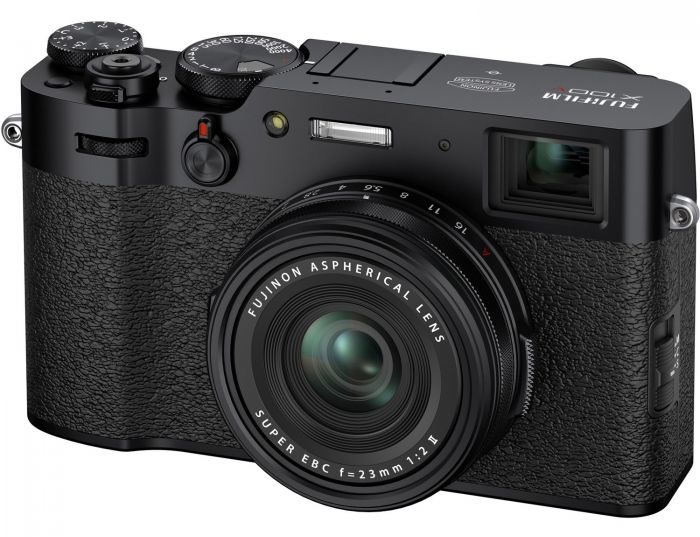
5. Fujifilm X100V
Last up, a notable mention goes the way of the Fujifilm X100V – one of the most advanced digital compact cameras in its class right now.
A massive upgrade over its predecessor, this all-new powerhouse features a 23mm F2 lens, a significantly overhauled Advanced Hybrid Viewfinder, resistance to most weather conditions and a tilting rear LCD screen. This makes it absolutely perfect for Instagrammers.
Using the latest generation X-Trans CMOS 4 sensor and X-Processor 4, the X100V delivers exceptional low-light performance with 4K video up to 30 frames per second or capture 120 frames per second at 1080p. All bundled into a gorgeous looking device that’s as easy to use as it is desirable to own.
Specs Overview:
- Sensors: 26MP X-Trans sensor
- Lense: 23mm F2 lens
- Video: 4K
- Viewfinder: Updated 3.69M-dot OLED EVF, redesigned OVF optics
- Screen: Tilting 1.62M-dot touchscreen LCD panel





